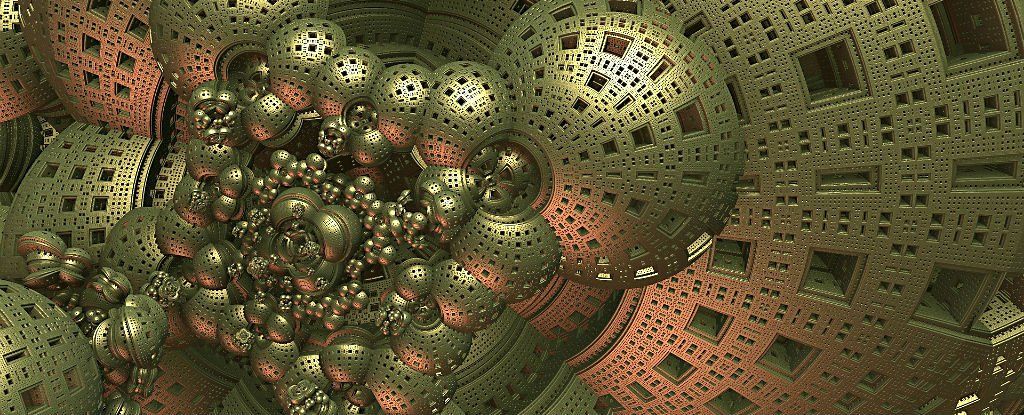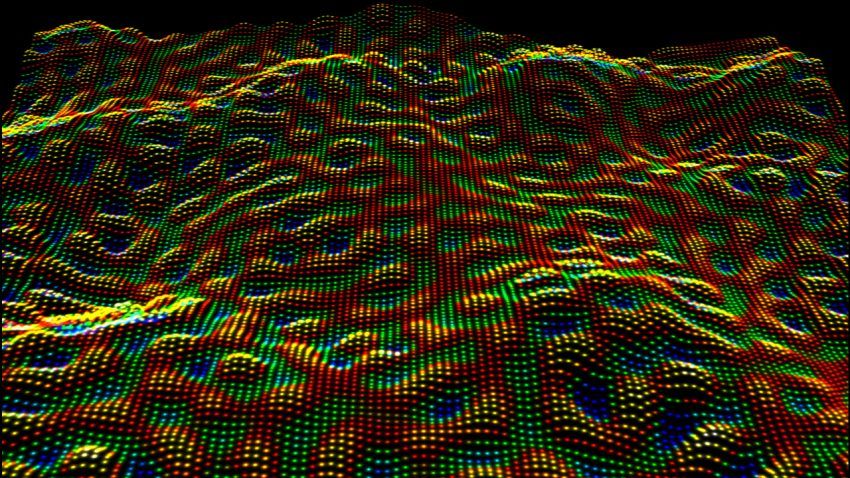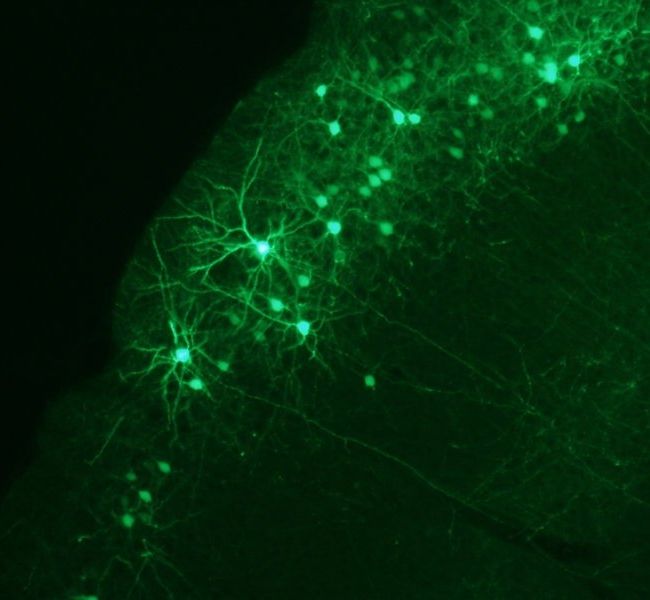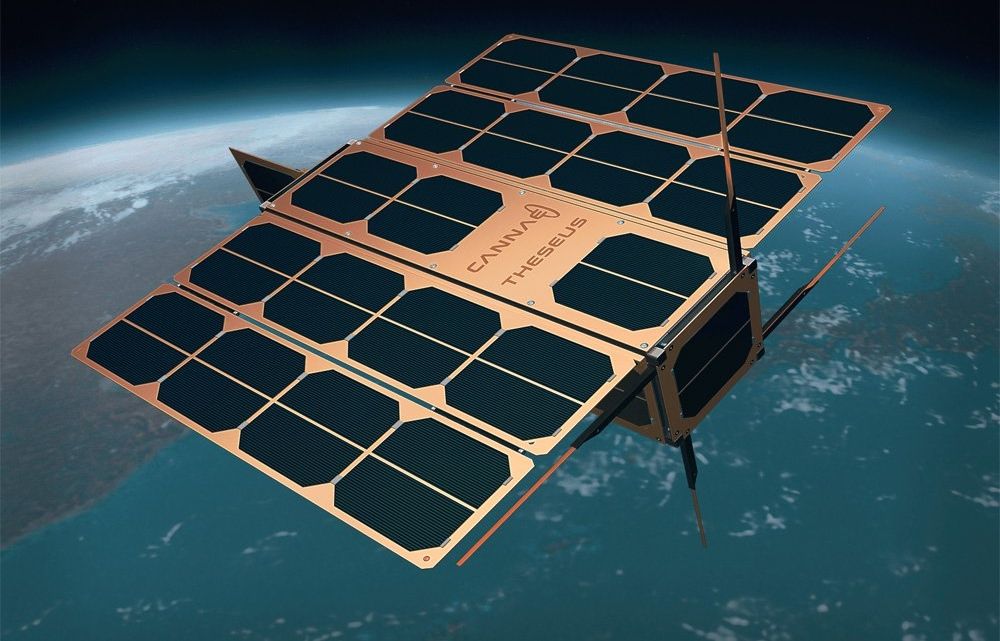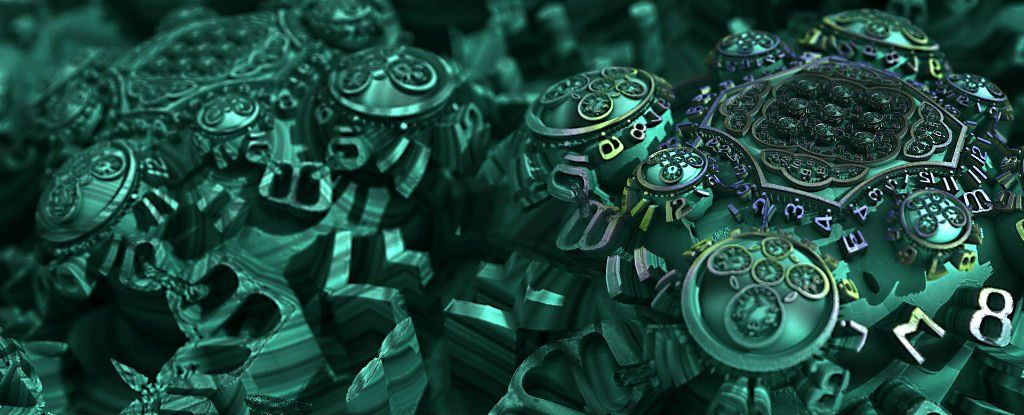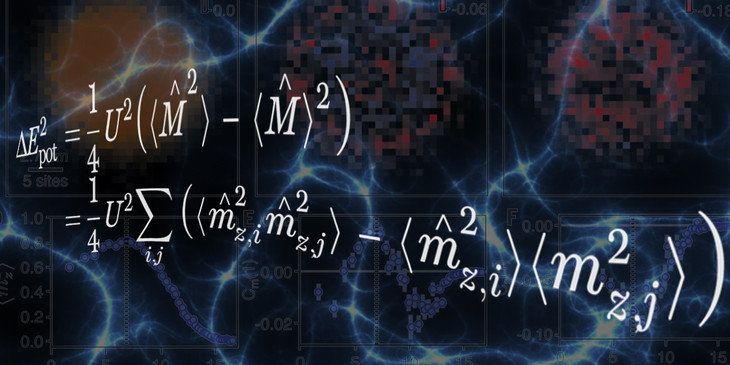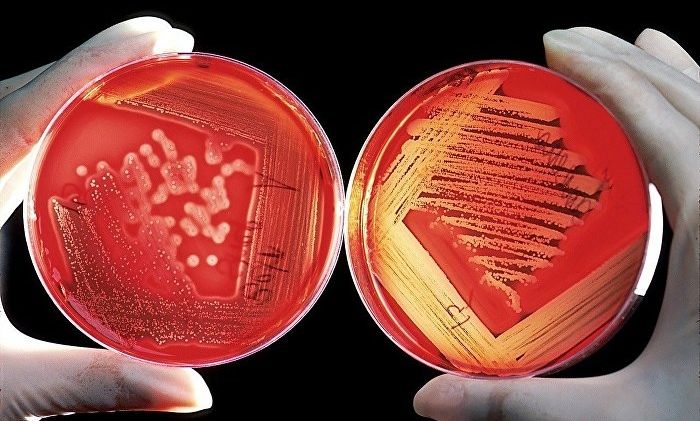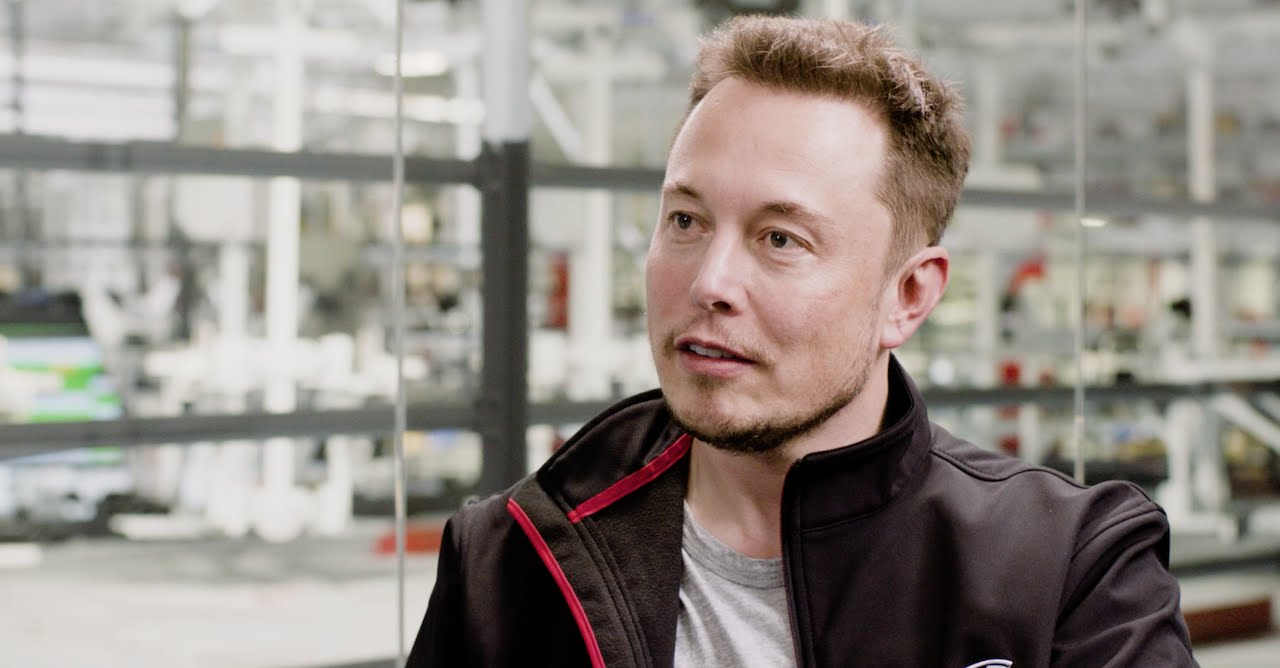Just last month, physicists made the best case yet for why time crystals — hypothetical structures that have movement without energy — could technically exist as physical objects.
And now, four years after they were first proposed, scientists have managed to add a fourth dimension — the movement of time — to a crystal for the first time, giving it the ability to act as a kind of perpetual ‘time-keeper’.
First proposed by Nobel-Prize winning theoretical physicist Frank Wilczek back in 2012, time crystals are hypothetical structures that appear to have movement even at their lowest energy state, known as a ground state.
